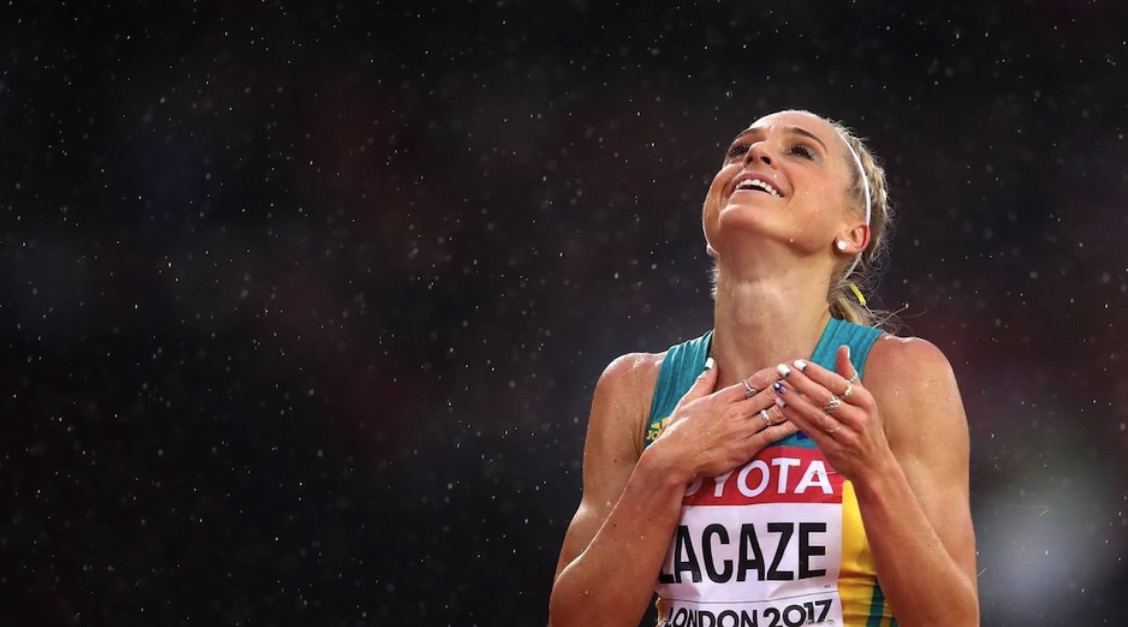Len Johnson – Runner’s Tribe
In ancient Roman religion and myth, Janus is the god of beginnings, gates, transitions, time, duality, doorways, passages and endings. He is usually depicted as having two faces, since he looks to the future and to the past.
Janus presided over the beginning and ending of conflict, and hence war and peace.
I studied Latin at school, so was aware of Janus the god, but am indebted to Wikipedia for the foregoing definition.
Janus, it seems, was partial to having two bob each way. Look to the left and he is presiding over war, look to the right and it is peace in our time. We see this same dichotomy in attitudes to versatility. The acclamation tour de force – literally, in the French, a feat of strength or skill – is commonly applied to a feat of versatility such as a one-person show.
On the other hand -or perhaps that should be, face – there’s the pejorative dismissal of versatility as in “Jack of all trades (but master of none).”
Take the multi-events, the decathlon and the heptathlon. To some, it’s a tour de force, but Steve Ovett was possibly not thinking along those lines when he suggested to Daley Thompson that the decathlon was “nine Mickey Mouse events, plus one none of you can do properly.”
At the recent Oceania and Australian cross-country championships on the Sunshine Coast, I asked Madeline Hills whether sometimes versatility can be a curse. Hills, of course, made the finals of both the steeple and the 5000 metres at the Rio Olympics, as did Genevieve LaCaze.
Hills replied that yes, versatility sometimes was a curse. The steeple was the event in which she first broke through at senior level, finishing fourth behind Melissa Rollison, Donna MacFarlane and Vicky Mitchell in the Melbourne 2006 Commonwealth selection trial, and fourth again at the Glasgow 2014 Commonwealth Games on her return to athletics.
Now, after moving away from the steeple post-Rio, she was coming back to it, she said. The prospect of further improvement over the barriers was like “a dangling carrot.”
Versatility as curse is seen most obviously when athletes have difficulty deciding which event to run. It is not uncommon, for instance, to possess the ability to run well at both 800 and 1500 metres, but it is rare to excel at both in the same championships.
That’s not to say athletes in such a situation should not run both events, just that they should have a sound idea of which is their better event. One of the unwritten rules of doubling is that the stronger event should come first in the schedule.
Like all rules, that one has exceptions. John Walker ran both the 800 and 1500 in Montreal in 1976. He was run out in the heats of the 800, which was on first, to the consternation of many, who feared what it implied for his chances in the 1500. Walker wasn’t worried, however; he knew all along the 1500 was his stronger event but wanted to run the 800 heats to get a taste of the Olympic experience.
Of course, it is not uncommon for great athletes to have an outstanding range along with it. In the current era alone there are the examples in Mo Farah, Kenenisa Bekele, Hellen Obiri, Sifan Hassan and Laura Muir. At the Australian level, Hills, LaCaze, Craig Mottram, Collis Birmingham and now, Stewart McSweyn have excelled across several events.
Ron Clarke held world records over distances from two miles to the 1-hour run. He, too, knew a bit about versatility. But he also had a theory that each runner had a natural rhythm best attuned to one distance only.
If that is so, the trick for the versatile is knowing which distance that is. The curse, perhaps, is not being able to make up your mind.

















